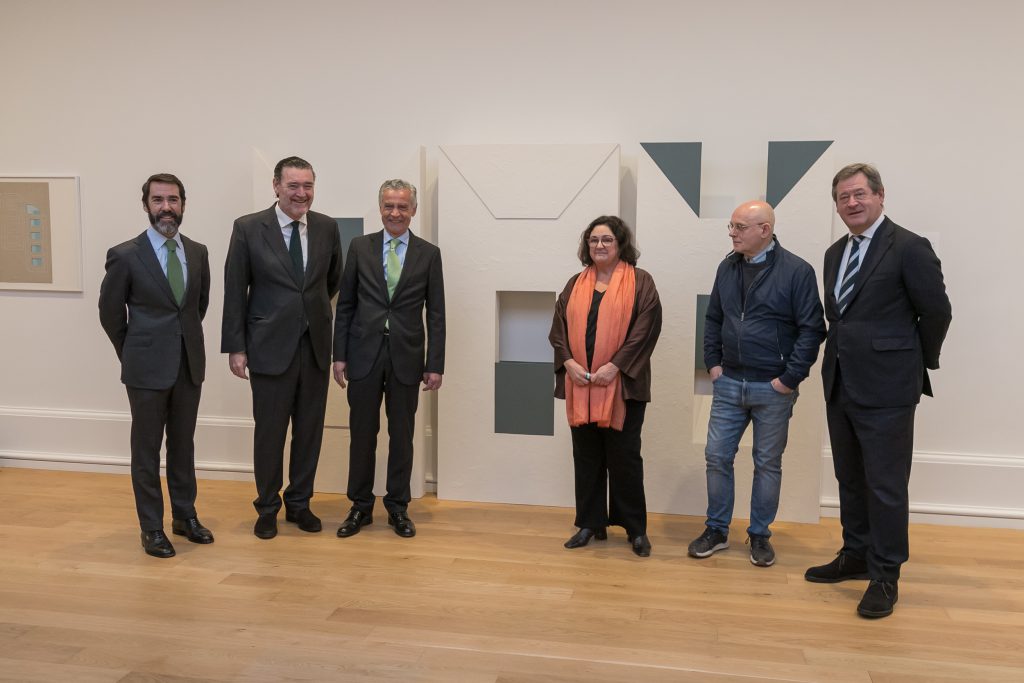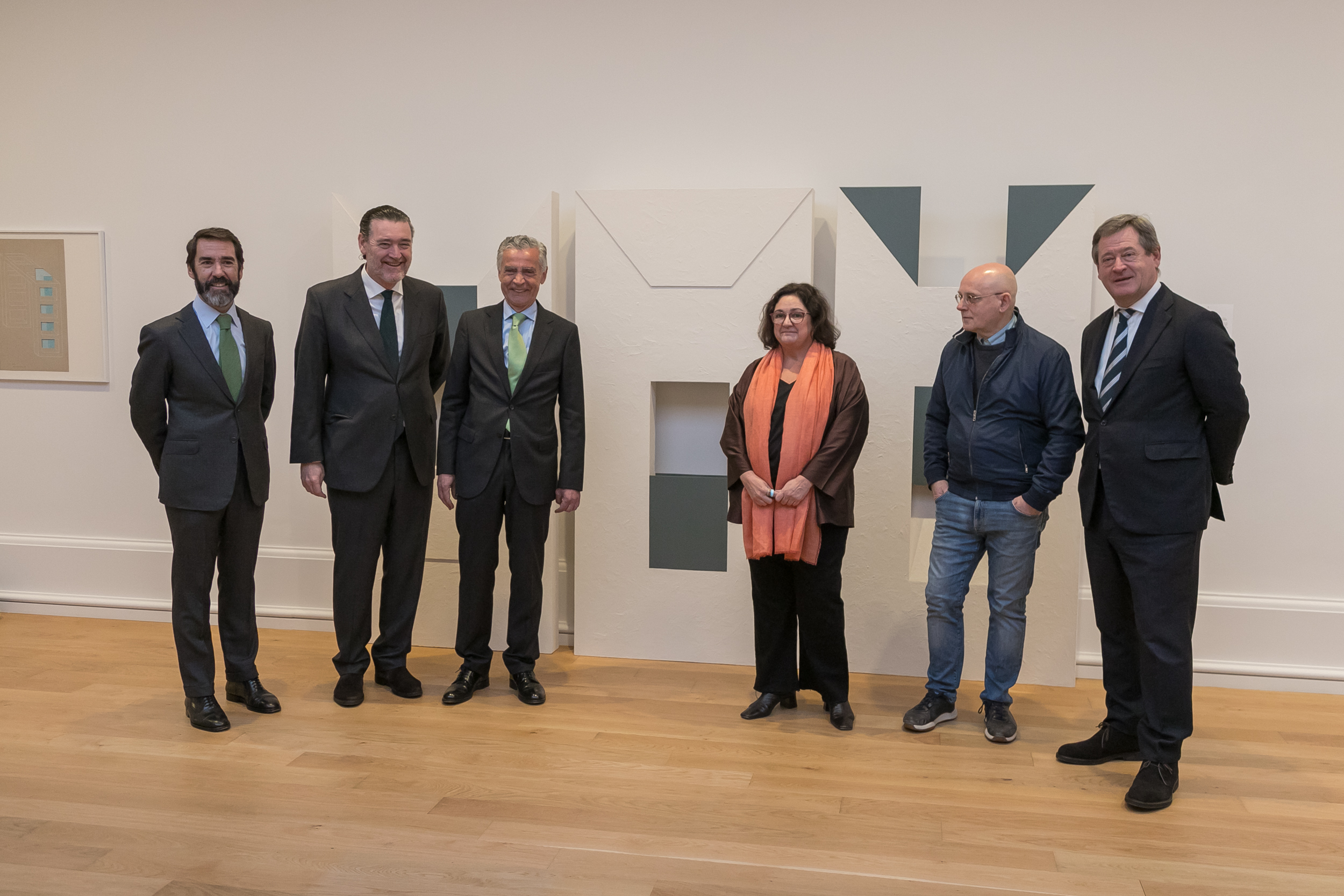Iberdrola-Museum of Conservation and Restoration 2022
The main objectives of the Iberdrola-Museo de Conservación y Restauración program are divided into three areas of action. First, to conserve and restore the museum’s own collection to ensure its material integrity and proper public exhibition, and to contribute to its systematic research. The treatments applied always respond to criteria of innovation and sustainability, as well as to the technical and material uniqueness of each work. Secondly, we also seek to guarantee the conservation of works loaned to the museum by other institutions and collections, which are temporarily exhibited or stored in our facilities. Finally, another no lesser objective is to contribute in a practical way to the training of qualified professionals in all museum disciplines related to the conservation and restoration of works of art through the annual call -since 2014- for two Iberdrola-Museum Scholarships. In this sense, in 2022 the program has counted on the collaboration of the scholarship holders Laura Casaus and Elvira Moratinos (2021/2022 scholarship), and Marina Aguiar and Eva González (2022/2023 scholarship).
With these shared purposes, and since 2013, the collaboration established by the Iberdrola-Museum Program makes it possible to comprehensively address the entire conservation or restoration process -from preliminary analyses and technical studies to the final intervention to apply treatments- of a selection of works of art from the museum’s collection and others of diverse provenance that participate in temporary exhibitions.
The results of the 2022 campaign are now being presented to the public in the galleries and to the Community of Friends in a conference on the restored works given tomorrow by María José Ruiz-Ozaita -head of the Conservation and Restoration Department-, whose video will soon be shared on the museum’s YouTube channel.
Particularly noteworthy in last year’s edition are the treatments applied to the installation Cuadrado sólido n.º 2 (1981) and to the works that make up the Txomin Badiola Donation, as well as to the paintings Desnudo bajo la parra (c. 1909-1910) by Hermen Anglada Camarasa (Barcelona, 1871-Puerto de Pollença, Mallorca, 1959); Acción vital. Homage to our ancestors (1970) by José Antonio Sistiaga (San Sebastián, 1932); and an important intervention on five drawings with different techniques on paper by Julio González (Barcelona, 1876-Arcueil, France, 1942).


